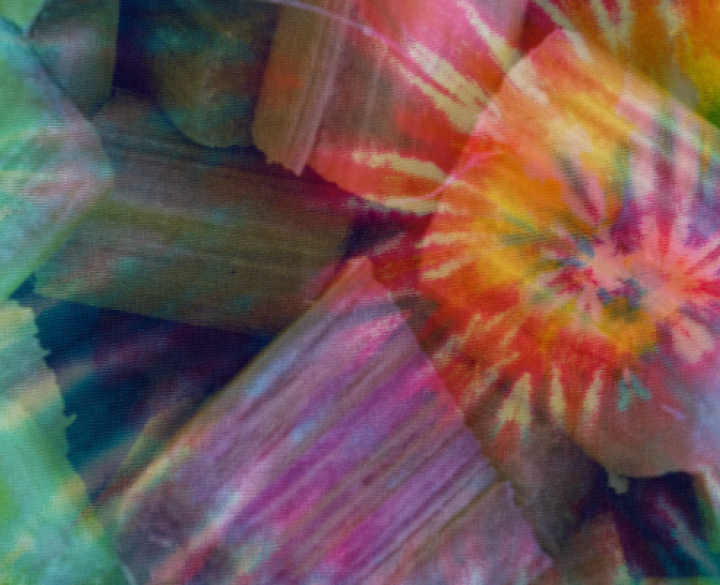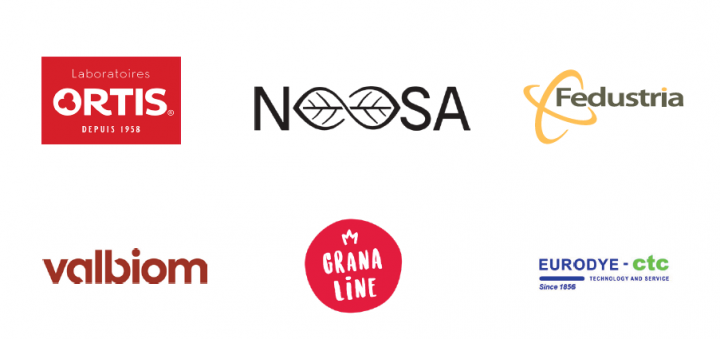One of the textile industry's main challenges is to reduce the environmental impact of the production and use of textile products.
Synthetic dyes are particularly problematic because they are designed to be non-degradable and often contain heavy metals. As a result, many synthetic dyes remain persistent in the environment. Recycled polymers have a dull colour because the dyes cannot be removed, which considerably reduces the value of the recycled product.
It is estimated that more than 10,000 dyes and pigments are currently on the market, with a global annual use of 700,000 tonnes.
The transition to non-toxic natural dyes is therefore essential to avoid generating toxic effluents while adding value to manufacturers' end products.
The COLECOTEX solution!
Within the Colecotex Win4Collective project (financed by the Walloon Region) project partners Centexbel and Celabor developed dyes from the non-valorized fractions of rhubarb and pomegranates and applied them on bio-based fibres.
We managed to extract the dyes and to dye cotton and PLA fabrics with these dyes, and they held up well against washing, sweat, rubbing, and UV rays. We also successfully used the dyes for screen printing on cotton and linen. However, we still need to work on improving the dyes for PLA fabrics.
Read all about it in the brochure.
Partners and steering committee


Project financing








